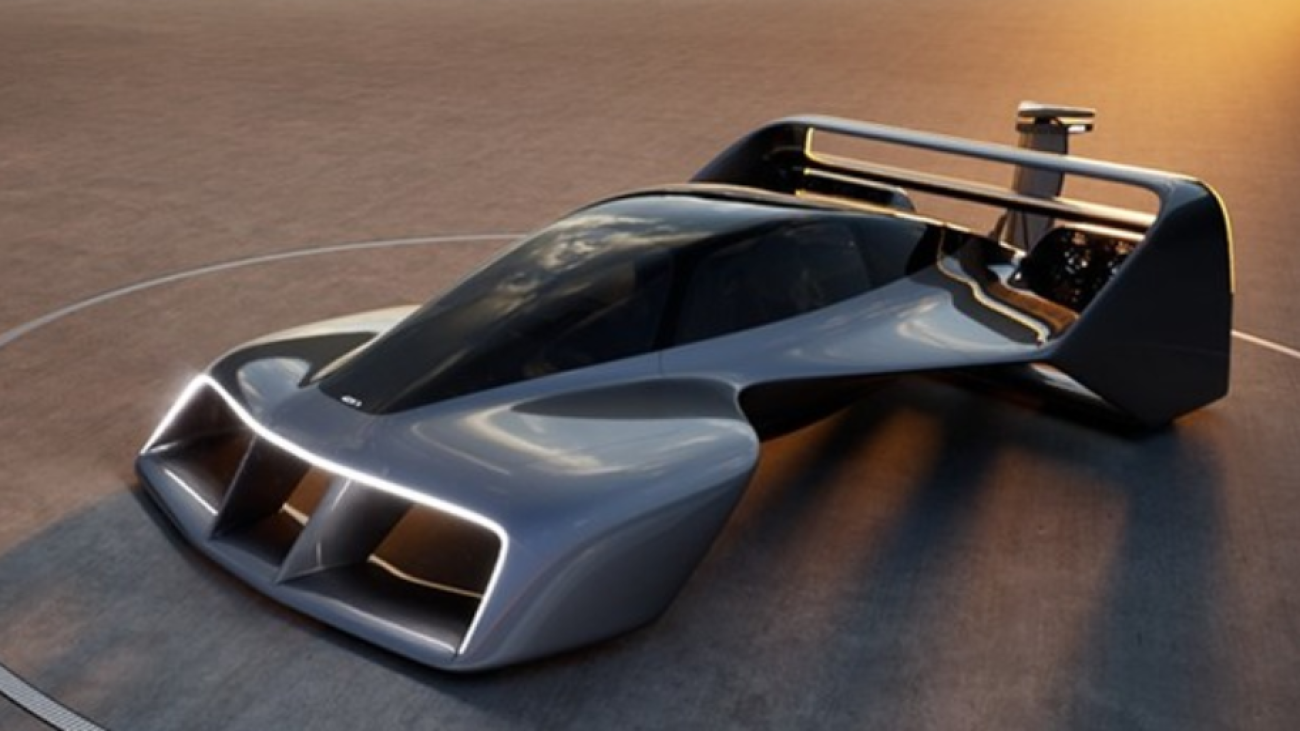There are more solutions than obstacles, Nicolas Zart
In the spring of 2013, I found myself in Long Beach, California, in the company of Alejandro Agag and Lucas di Grassi—two visionaries who were about to change the face of motorsport. At the time, the idea of an all-electric racing series sounded bold, audacious, and certainly technically not ready. Yet, in under two years, Formula E would make its appearance, not only launching a new championship but also sparking a revolution in how the world views electric vehicles. Since then, it has spawned various other electric motor racing series.
From Napkin Sketch to Global Stage
The story of Formula E began, fittingly, as with many great automotive ideas, with a sketch on the back of a napkin. In March 2011, Agag and then-FIA President Jean Todt met in a Paris restaurant and jotted down their vision for a new kind of racing. This vision would showcase the potential of electric mobility in the heart of the world’s greatest cities. By 2014, that vision became reality with the inaugural race in Beijing, marking the dawn of the ABB FIA Formula E World Championship.
What set Formula E apart from the start was its willingness to challenge tradition. Early cars were rudimentary, with heavy batteries and limited range. Drivers even had to switch cars mid-race to make it to the finish line. But the founders and teams embraced the challenge, understanding that innovation often means starting with imperfection.
Building Credibility and Collaboration
Formula E’s credibility was cemented by the involvement of motorsport legends—Michael Andretti, Alain Prost, Sir Frank Williams, and Richard Branson among them. Their presence sent a clear message: this was serious racing, not a side show. As Roger Griffiths, Team Principal of Andretti Formula E, observed, “We can’t afford this to fail. Too many people have too much invested.”
Yet, unlike traditional motorsport, Formula E fostered a culture of collaboration. Teams shared solutions and met regularly to align on rules and improvements. Fierce competition on race day was balanced by a shared commitment to growing the sport and its mission.

Innovation on a Budget
The early technical limitations forced Formula E to innovate quickly. The first-generation cars managed just 150 kW of power and struggled to complete a race on a single charge. Fast forward to today, and the latest machines boast over 600 kW, accelerate from 0 to 60 mph in under two seconds, and reach speeds of 200 mph—all on a single battery.
But the series made a critical decision: to keep the battery specification uniform across teams. This move prevented an expensive technology arms race and ensured that innovation focused on powertrains, software, and efficiency—areas directly relevant to consumer electric vehicles.
A Laboratory for Electric Mobility
Formula E is more than a race; it’s a proving ground for the future of electric mobility. Manufacturers like Jaguar, Nissan, Porsche, and McLaren use the series as a high-pressure R&D lab. Jaguar, for instance, improved its I-PACE SUV’s range by 10% thanks to software developed on the track. Nissan achieved a 181% increase in battery capacity through lessons learned in racing.
Key advancements—battery management, regenerative braking, inverter design, and software optimization—have all migrated from the racetrack to the road, accelerating the evolution of consumer EVs. Teams gather terabytes of data each race, fine-tuning their cars and feeding insights back to their production lines.
Redefining the Fan Experience
Formula E has always been about more than just speed. Races are held in city centers, making them accessible to urban audiences who might never attend a traditional circuit event. The format is short and dynamic, designed for the streaming era and a generation less interested in car ownership and more focused on shared, sustainable mobility.
The championship isn’t afraid to experiment, either. Features like Attack Mode and Fan Boost—some inspired by video games—have brought new energy and unpredictability to the sport. Not every idea worked, but the willingness to try (and sometimes fail) has kept Formula E fresh and relevant.

Sustainability as a Platform
From day one, Formula E has championed sustainability. Its “Net Zero Since Day Zero” mantra isn’t just branding; it’s a core operating principle that attracts partners and fans who care about the planet. Weekly environmental reviews, ISO certifications, and a relentless focus on clean energy make the series a model for responsible sport.
The New E-Series
Since its humble beginning well over a decade ago, Formula E has spawned many electric motorsport series.
| Jaguar I-Pace eTrophy | Production-based support series using Jaguar’s electric SUVs ran alongside Formula E events. | 2018–2020 |
| Roborace | Autonomous, fully electric racing series; held demonstrations at Formula E events. | 2016–2022 (demos) |
| FE School Series | Student support series at select Formula E events, featuring student-built electric cars. | 2014–2015 |
| NXT Gen Cup | Electric junior touring car series for ages 15–25; briefly partnered as a Formula E support series in 2024. | 2024 (briefly) |
| Extreme E | Off-road electric SUV racing in remote, climate-impacted locations; co-founded by Alejandro Agag (Formula E founder). | 2021–present |
| E1 Series | All-electric powerboat championship; part of “Electric 360” partnership with Formula E and Extreme E. | 2024–present |
| Electric GT Championship | Proposed all-electric GT racing series; inspired by Formula E’s success (not yet launched as of 2025). | Proposed |
| MotoE World Cup | All-electric motorcycle racing, sanctioned by FIM; not a Formula E property but part of the electric motorsport boom. | 2019–present |
Highlights
- Jaguar I-Pace eTrophy and FE School Series were official Formula E support series, running at ePrix events.
- Roborace showcased autonomous electric racing technology, often at Formula E weekends.
- NXT Gen Cup was announced as a Formula E support series in 2024, though the partnership was brief.
- Extreme E and E1 Series were both co-founded by Alejandro Agag and share technological, marketing, and sustainability DNA with Formula E.
- The Electric GT Championship and similar concepts are direct responses to the visibility and commercial success of Formula E.
- MotoE is part of the wider electric motorsport ecosystem, demonstrating Formula E’s influence beyond four wheels.

Formula E’s pioneering spirit has not only transformed single-seater racing but also catalyzed a new era for electric motorsport across disciplines—on road, off-road, on water, and even in autonomous competition
The Road Ahead
Twelve years after that first napkin sketch, Formula E has grown into a global phenomenon with over 500 million fans. Its real achievement isn’t just in making electric racing exciting—it’s in making the future of mobility feel inevitable and fun. The newly create Extreme H is embracing hydrogen vehicle racing in the extreme series. The question remains, when will we see electric aviation racing?
As someone who witnessed its early days, I’m continually inspired by Formula E’s blend of boldness, collaboration, and relentless innovation. Alejandro Agag’s determination and brilliant maneuvering of this odyssey is a testament of success and bnacks the old adage of race on Sundays, sell on Monday. It’s not just a sport; it’s a movement—one that’s helping to drive the world toward a cleaner, faster, and more connected tomorrow.
Source: https://getsuper.cool/newsletter/

